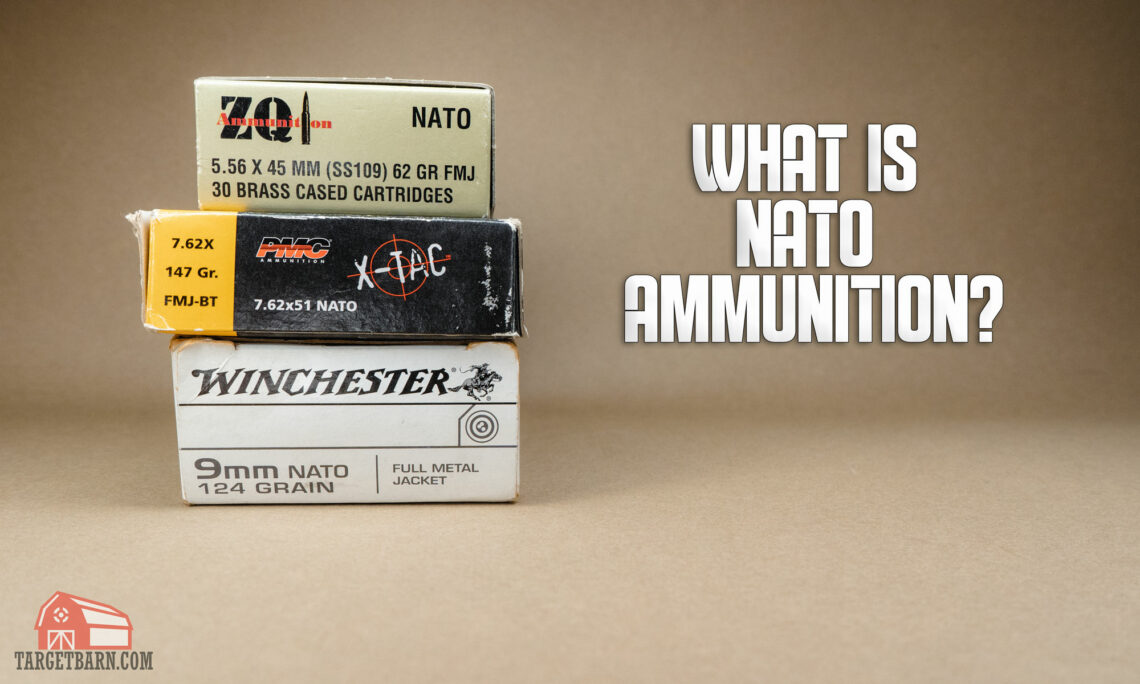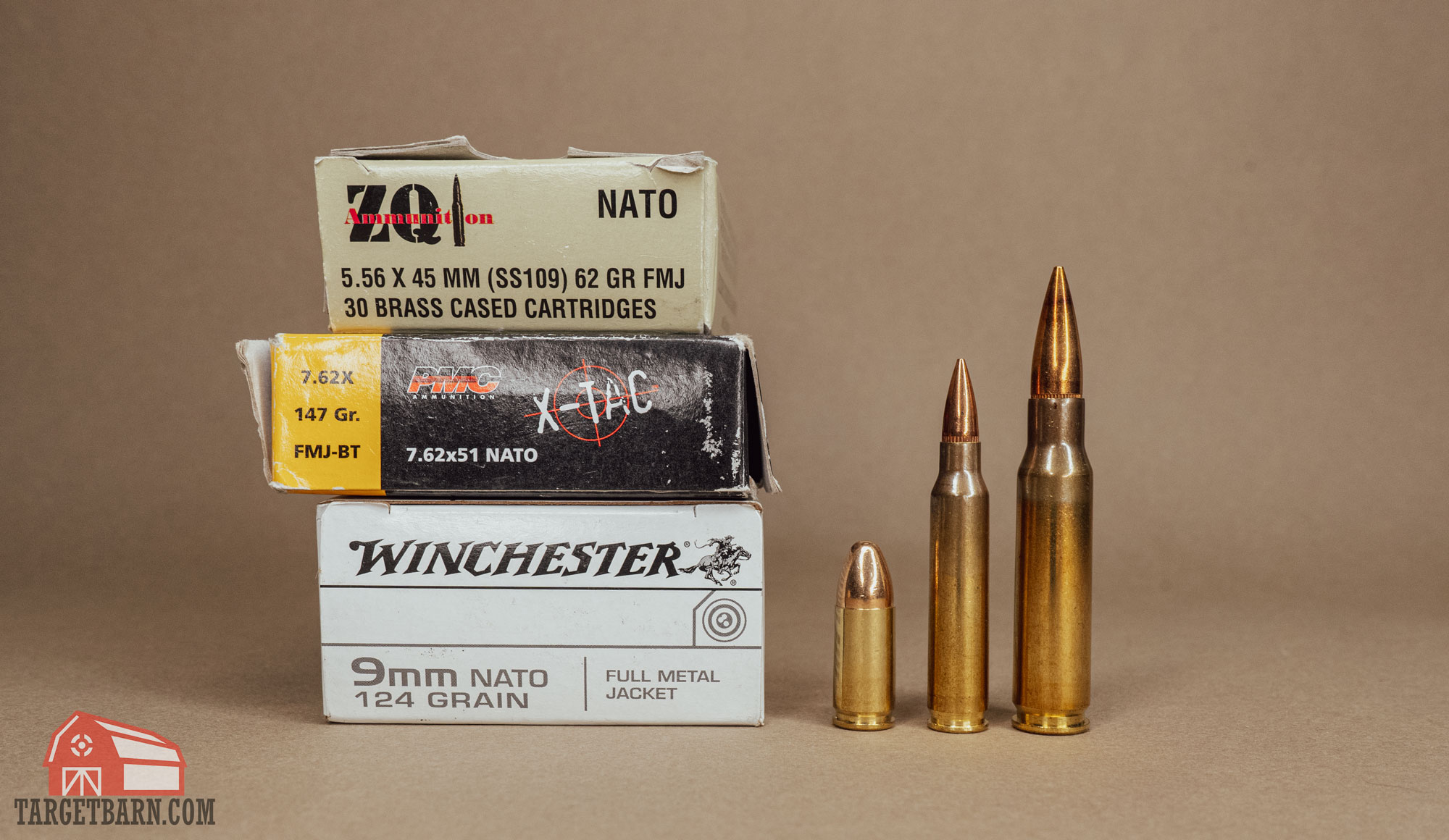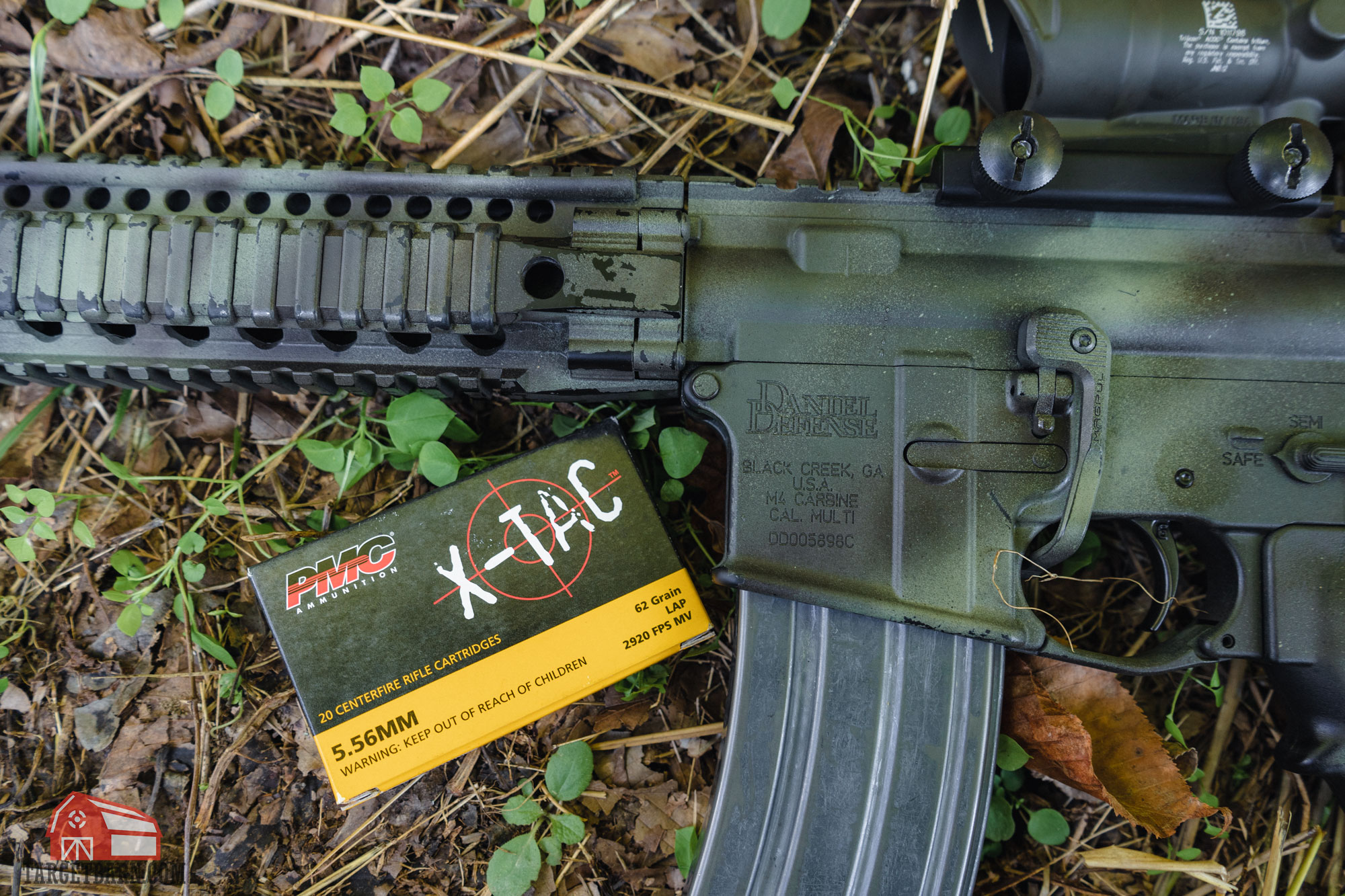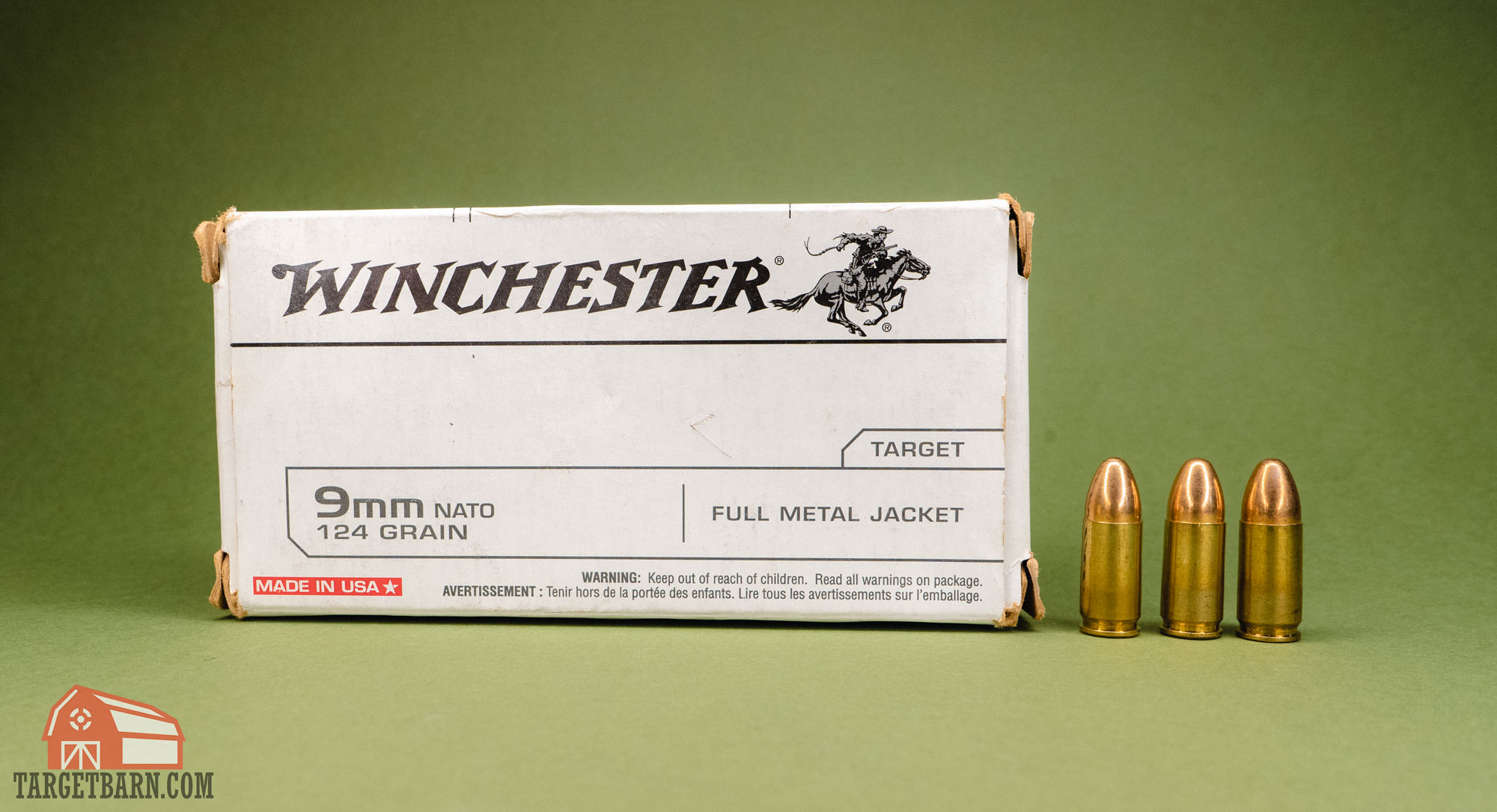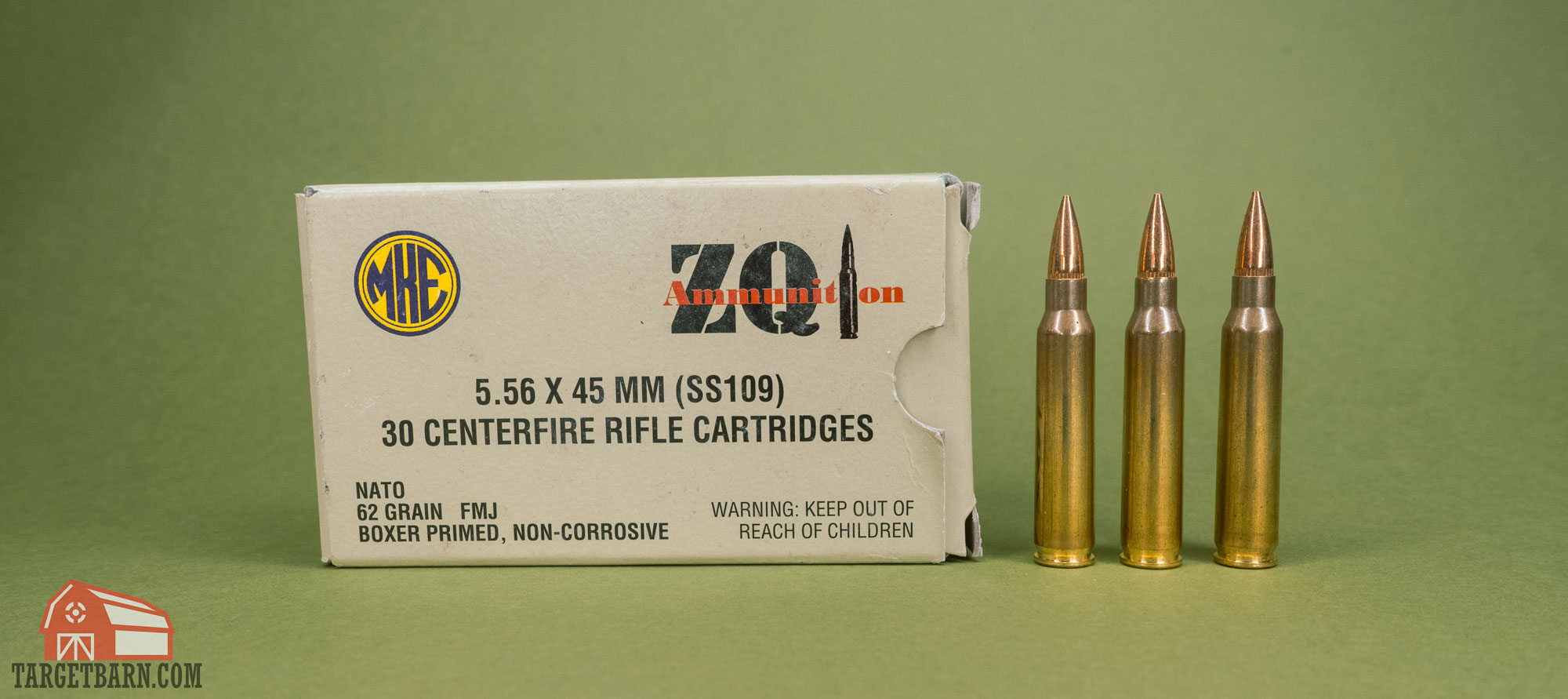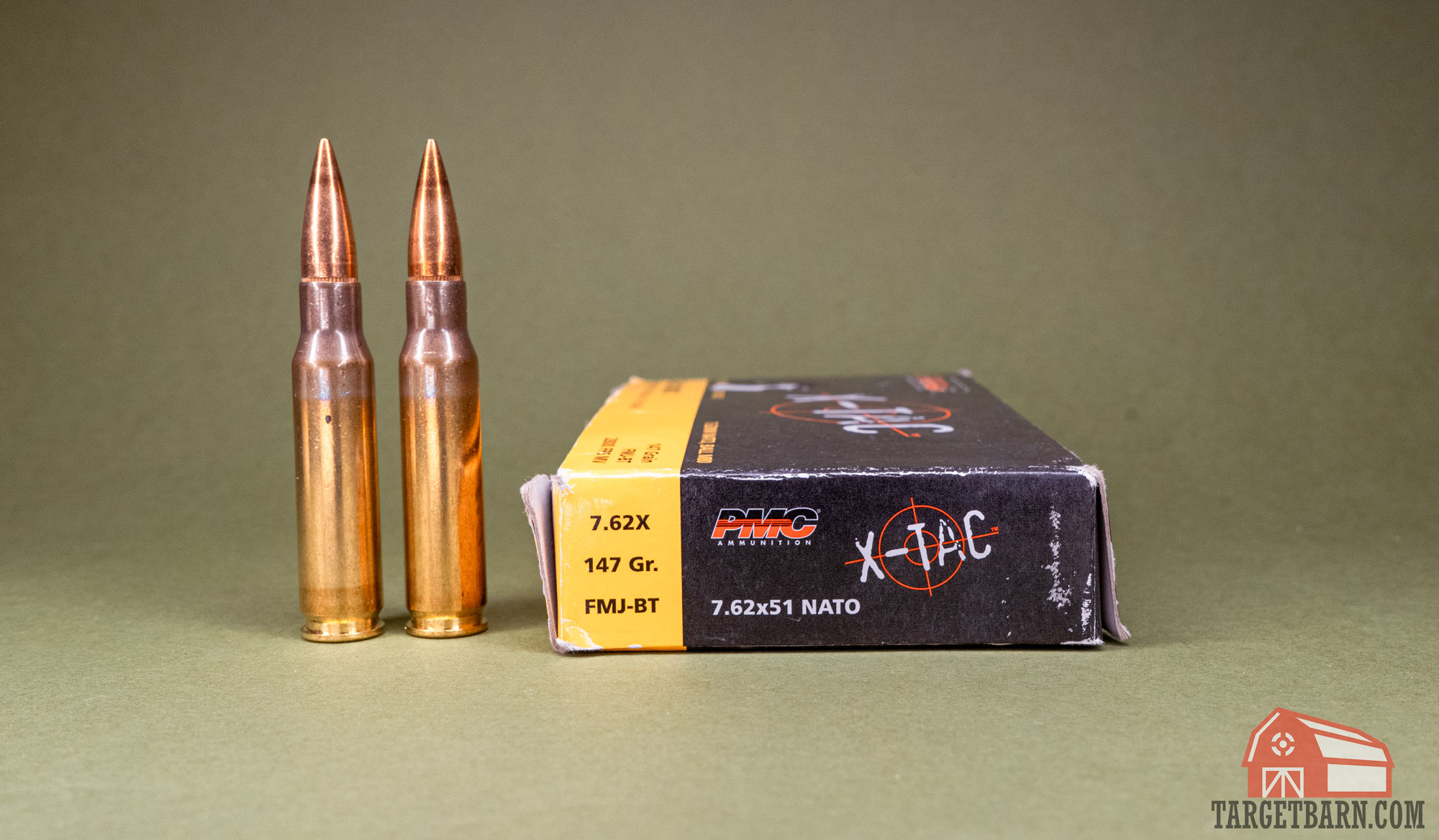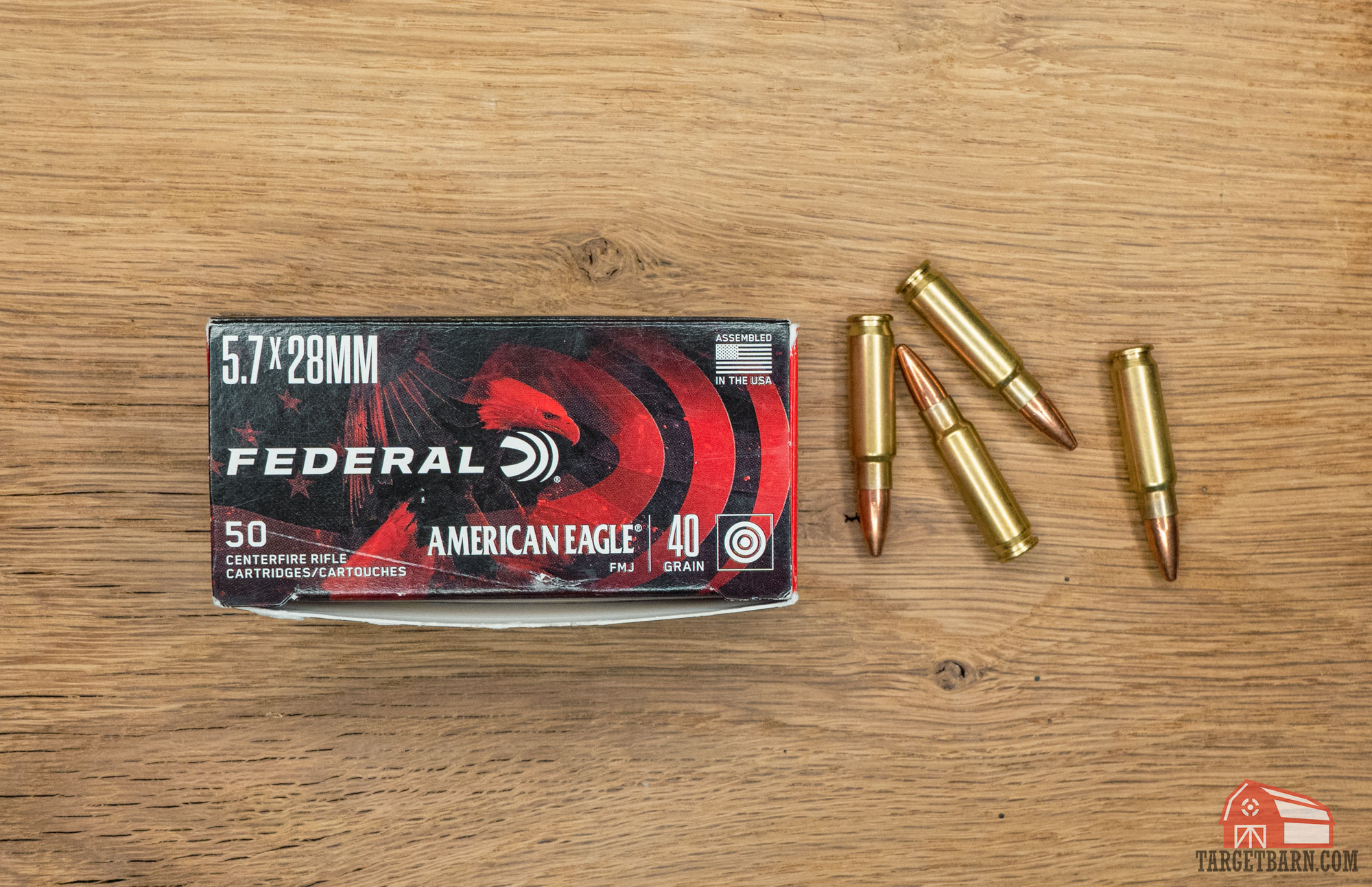If you’ve ever seen “NATO” printed on a box of ammo, you might have wondered what exactly NATO ammunition is. Luckily, you’ve come to the right place.
Keep reading to learn what NATO ammunition is and if it is safe to shoot through your gun.
What Is NATO Ammunition?
NATO ammunition refers to standardized ammo cartridges designed to certain specifications for use by NATO armed forces members.
The North Atlantic Treaty Organization (NATO) is an intergovernmental military alliance between 28 European countries, Canada, and the most important country on Earth: the United States of America. It was formed after World War II so member nations would have each other’s backs in the event of attacks by non-member nations (e.g. the Soviet Union).
Let’s suppose things went south and all the NATO forces had to fight together. From a logistical standpoint, the war would turn into an absolute cluster-you-know-what if all the different national armies brought different types of small arms ammunition to the fight. If the French Army ran out of rifle ammunition that no other army’s nation manufactured, their rifles would only be useful for clubbing NATO’s enemies.
To be sure, a NATO country’s military is at liberty to use whichever kinds of small arms ammunition it pleases. If the Icelandic Coast Guard wants to issue .22 Short starter pistols, it’s no one’s job to stop them. But in order to prevent the aforementioned hypothetical cluster-you-know-what, NATO standardized five different cartridges for use by all their members. They are 9x19mm NATO, 5.7x28mm NATO, 5.56x45mm NATO, 7.62x51mm NATO, and 12.7x99mm NATO.
What’s the difference between NATO ammo and regular ammo?
NATO ammunition meets the standards and specifications put forth by NATO, the North Atlantic Treaty Organization. Ammo found on the commercial market that is not specified as NATO ammo meets the standards and specifications put forth by SAAMI, the Sporting Arms and Manufacturer Institute.
Can Civilians Buy NATO Ammunition?
Assuming you’re an average American Joe, you can indeed buy NATO ammunition. (Note that there are some important exceptions. For example, California prohibits possession of 12.7x99mm NATO rifles unless their owners registered those firearms prior to April 30th, 2006.) You may already have purchased NATO ammunition. You may also have purchased ammo that is functionally identical to what NATO members issue. That’s because most NATO rounds have virtually identical commercial variants.
We say “virtually identical” because a NATO round’s exterior dimensions are essentially the same as those of its commercial equivalent. That said, NATO cartridges typically feature different bullets and propellant than commercial ones. Furthermore, a NATO cartridge may be loaded to generate a different chamber pressure than its commercial counterpart. That is important, because it means that a NATO round may be too powerful to safely ignite in a commercial firearm that is capable of chambering it.
Let’s go over the five NATO rounds. We’ll identify their commercial analogs, and also tell you whether you can safely fire them in commercial firearms.
9x19mm NATO
“9x19mm” and “9mm” are two different names for the same exact cartridge. A commercial 9mm round may have a projectile of any type and weight; a 9x19mm NATO (aka 9mm NATO) round is necessarily loaded with a 124 grain full metal jacket bullet.
A commercial 9mm round has a maximum chamber pressure of 35,000 psi. This is according to the Sporting Arms and Ammunition Manufacturer Institute, aka SAAMI, which was founded in 1926 to ensure that American manufacturers produce ammo in accordance with standardized specifications. A 9x19mm NATO round, on the other hand, is loaded to generate an average chamber pressure of 36,500 psi.
What does that mean? In simple terms, 9x19mm NATO is about 4% more powerful than commercial 9mm ammo. It’s not as powerful as 9mm +P (for which SAAMI specifies a maximum chamber pressure of 38,500 psi). However, 9x19mm NATO is still going to produce slightly greater recoil energy.
As a general rule, it is safe to fire 9x19mm NATO in 9mm handguns that are rated for +P. It may be unsafe for very old firearms, as well as ones that are in poor condition. Exercise caution. You never want to hold an exploding pistol. To learn more, you can read our post on 9mm Luger vs. 9mm NATO.
5.56x45mm NATO
If you placed a 5.56x45mm NATO and a 223 Remington cartridge side by side, you could only tell them apart by looking at their headstamps. But like the 9x19mm NATO, the 5.56x45mm NATO’s load produces a significantly higher chamber pressure than 223 Rem ammo, its civilian counterpart. SAAMI max pressure for 223 Rem is 55,000 psi; a 5.56x45mm NATO round, like the Winchester M855, is about 13% more powerful at 62,366 psi.
Most AR-style rifles are chambered for 5.56x45mm NATO. If yours is one of them, then it can safely fire 223 as well. The opposite is not true. Because 5.56x45mm NATO (aka 5.56x45mm, 5.56×45, or simply 5.56) is more powerful than 223, rifles chambered solely for 223 cannot fire it.
There are exceptions to this rule that we won’t delve into here. We’d rather you just play it safe by abstaining from firing 5.56 in a 223 rifle. Just know that a 5.56 rifle’s slightly different chamber dimensions mean that it cannot exhibit its absolute best accuracy while it is firing 223. If you want the best of both worlds, look into upgrading your AR to a 223 Wylde chamber.
7.62x51mm NATO
Just like the 5.56 and 223 share virtually identical exterior dimensions, so do the 7.62x51mm NATO and 308 Winchester. SAAMI’s max pressure for the 308 Win is 62,000 psi. Whereas the 7.62x51mm NATO is loaded to generate a chamber pressure of 60,191 psi. The NATO load is actually about 3% weaker!
You’re safe to treat the 7.62x51mm NATO and 308 ammo as the same exact cartridge. Even if your rifle is specifically chambered for 7.62×51, SAAMI does not consider it unsafe to fire the slightly higher-pressure 308. If you’d like to learn more about the differences between the two, check out our previous post on 308 vs. 7.62.
5.7x28mm NATO
This is the least popular NATO ammunition among American civilians. FN Herstal introduced the pistol and submachine gun round in the 1990s. When NATO formally adopted it in 2021, they made no changes to the round. As such, there is no significant difference between 5.7x28mm NATO and the 5.7x28mm you could buy at a store. Both produce a chamber pressure of 50,038 psi. There isn’t even an alternative name for 5.7x28mm.
12.7x99mm NATO
You would never hear an American refer to 12.7x99mm NATO by its metric designation. To us it’s the 50 Browning Machine Gun, or BMG. (Some people simply call it the .50 cal.) The high-powered long-range anti-materiel .50 caliber cartridge has a max chamber pressure of 54,000 psi according to the U.S. Army. The 12.7x99mm NATO load’s max pressure is significantly higher at 60,481 psi. Despite that difference, virtually all 50 BMG rifles can safely fire the hotter NATO variant.
NATO Ammunition – Final Thoughts
Not all NATO ammo is necessarily safe to fire in all civilian firearms. You should not fire 5.56x45mm NATO in 223 Rem firearms. 9mm NATO should not be fired in very old 9mm firearms. Otherwise, you can treat the following pairs interchangeably: 7.62x51mm NATO and 308 Win; 5.7x28mm NATO and 5.7x28mm; and 12.7x99mm NATO and 50 BMG.

